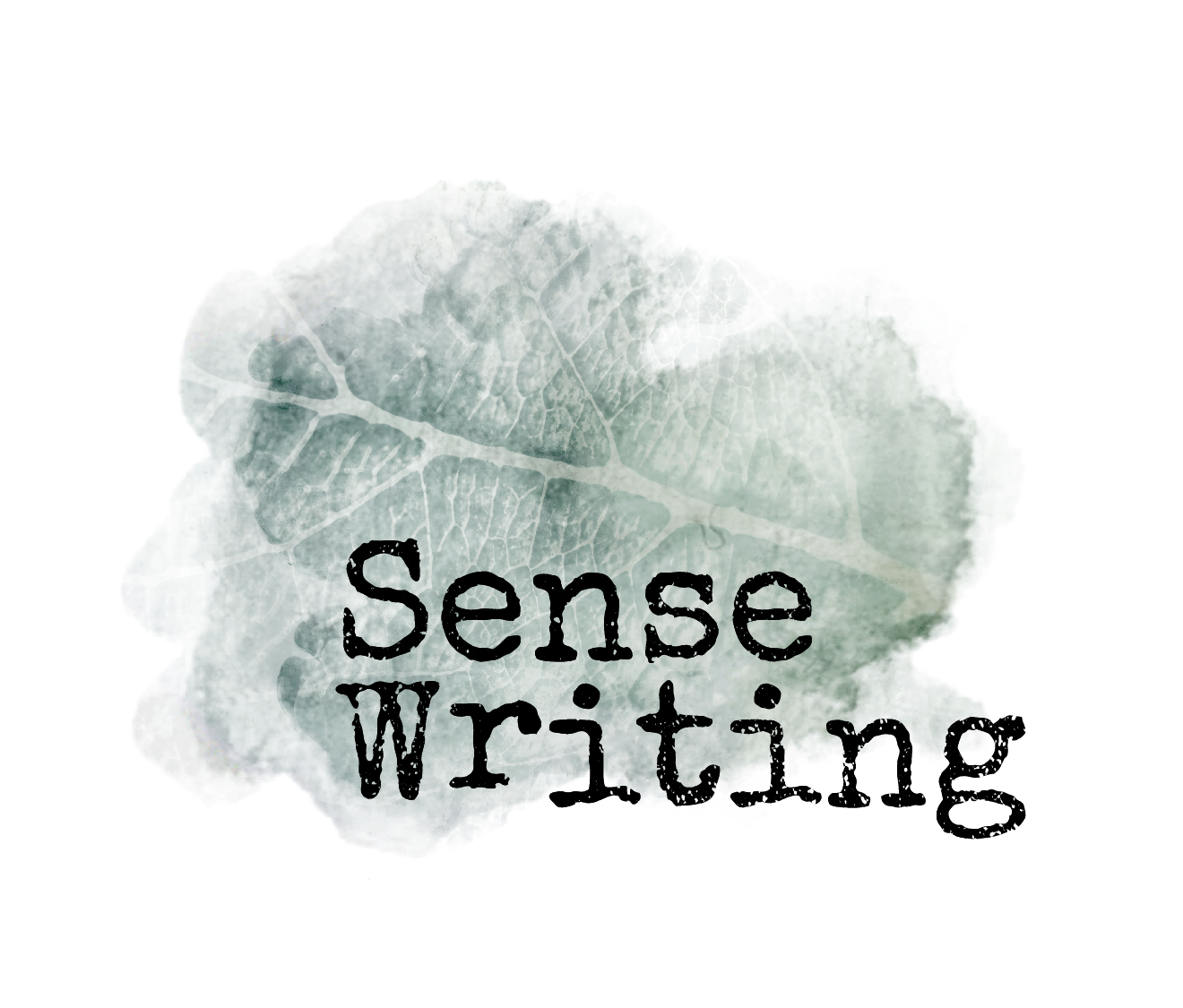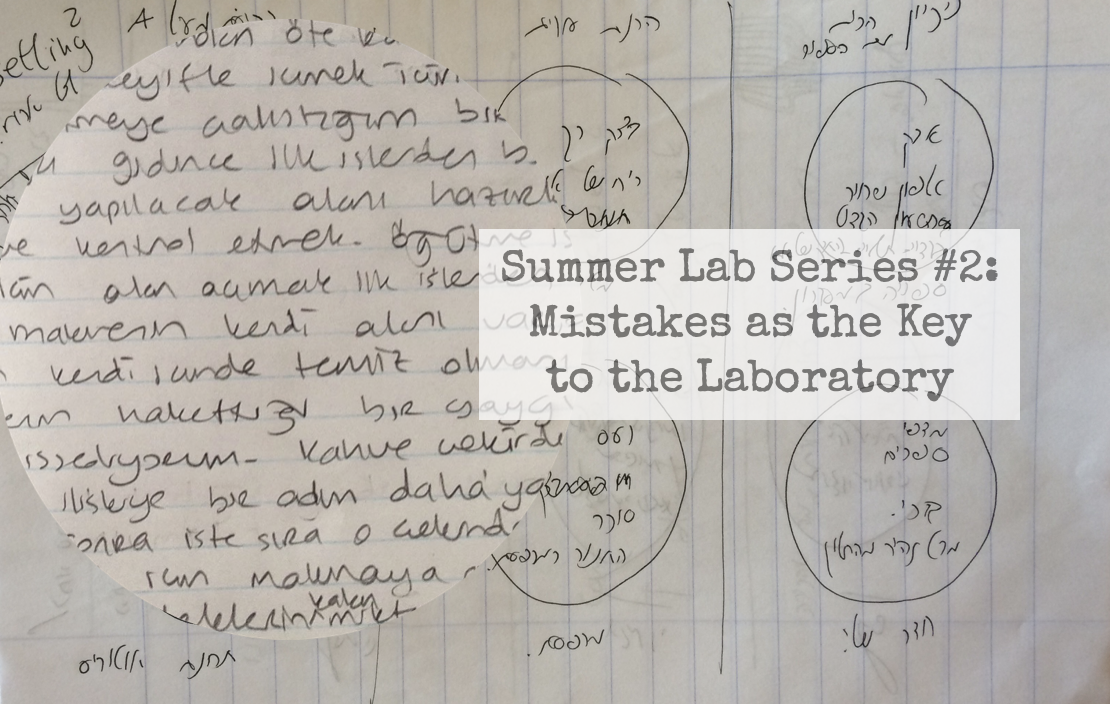image: sense writing sequences from istanbul and tel aviv. used with permission.
Remember when, in the early days of the pandemic, it felt like everybody and their dog (and me) were talking about all the things they were accomplishing with so much so-called “free time” — their novels, their sourdough starters, their hundred new DIY projects…
For many of us, that novelty of so much time and space away from our usual lives really did make room for reflection and insight.
But at the same time, it was a tangle of stops and starts, and two and a half years later, it’s easier to see the ways (including so many projects) we tried to contain the feelings we couldn’t yet make sense of.
And this is normal.
When we’re trying our hardest to contain the uncontainable in survival mode, we do what we have to — but things can end up feeling forced, and we can end up feeling exhausted.
But when we recognize that regular life and creative life have different needs, then we can tend to those needs with clarity and care.
That’s what I’m offering in this Summer Lab series (if you missed the first you can scroll down): some tools to develop your own safe container for your creative needs, a kind of laboratory in which you can stay with these feelings of uncertainty and fear — but also joy, pleasure, connection, and everything in between.
Mistakes and the Inner Map
One of the most powerful tools in this laboratory is how we think about mistakes.
These days, mistakes are often lauded as part of a trendy celebration of “failure” — as a necessary step on people’s success journey. For me, the way that idea gets packaged and shared ends up feeling like hollow inspiration that’s urging us to step out into the unknown without a clue.
But I want to talk about how important mistakes are on a feeling, experiential, textured, learning level. The process level.
The nervous system level.
In linear learning (like the scholastic type encouraged in most school systems), mistakes are typically seen as errors: something to avoid or, when they can’t be avoided, to take as guides to consciously (and urgently) change our behavior.
But in organic learning — like the kind we did as preverbal explorers of a brand-new environment as infants and toddlers — mistakes aren’t errors, but the actual pathway of learning.
That’s the kind of learning that we seek out in the Feldenkrais Method and Sense Writing.
It’s a different way of looking at mistakes than we’re used to. They’re not something we “course correct” from — but the mechanism by which we develop a three-dimensional, grounded and contextualized inner mapof our experience of the outside world.
Mistakes vs. Mastery
That three-dimensional felt map was what I discovered as I started to deduce deeper neuroplastic principles during my Feldenkrais training, which later became the heart of Sense Writing. These principles felt like the missing link to a lot of long-standing questions about the connection — and disconnection — I felt between language and the body.
They allowed tenderness. Playfulness. Recklessness. Mistakes and rigor in a comfortable but endlessly intriguing dialogue. And then some.
In my Feldenkrais training, I was often reminded of the “beginner’s mind” concept from my meditation practice, but it felt infinitely more yielding — like a drop of ink on the veins of a leaf, it lit up old and new pathways of inquirythat I’d been immersed (and sometimes tangled) in for years in my creative work.
These new pathways allowed me to pay attention to not just senses and movement, like other Somatic principles did, but also to language and story, and started to point the way towards possibilities of repairing this disconnection between language and the body.
More than anything, this developing skill allowed me to just be with what is, not feign mastery or run away.
I came to understand that, for me, this is what writing — and the creative process itself — require. The container of the body and the container of process.
These containers allow us to experience and learn from mistakes in the way our brains do best: as part of a textured understanding and experience of our surroundings and internal landscapes.
So that we don’t feel compelled to rush through uncertainty, but can be with it — and actually use it as fuel. Like the slow ferment necessary for a really good sourdough.
In the next blog, I’ll get deeper into the way that “mistakes” actually shape our experience of the world, and as artists, in irreplaceable ways — and the science that backs up this kind of learning process.


























